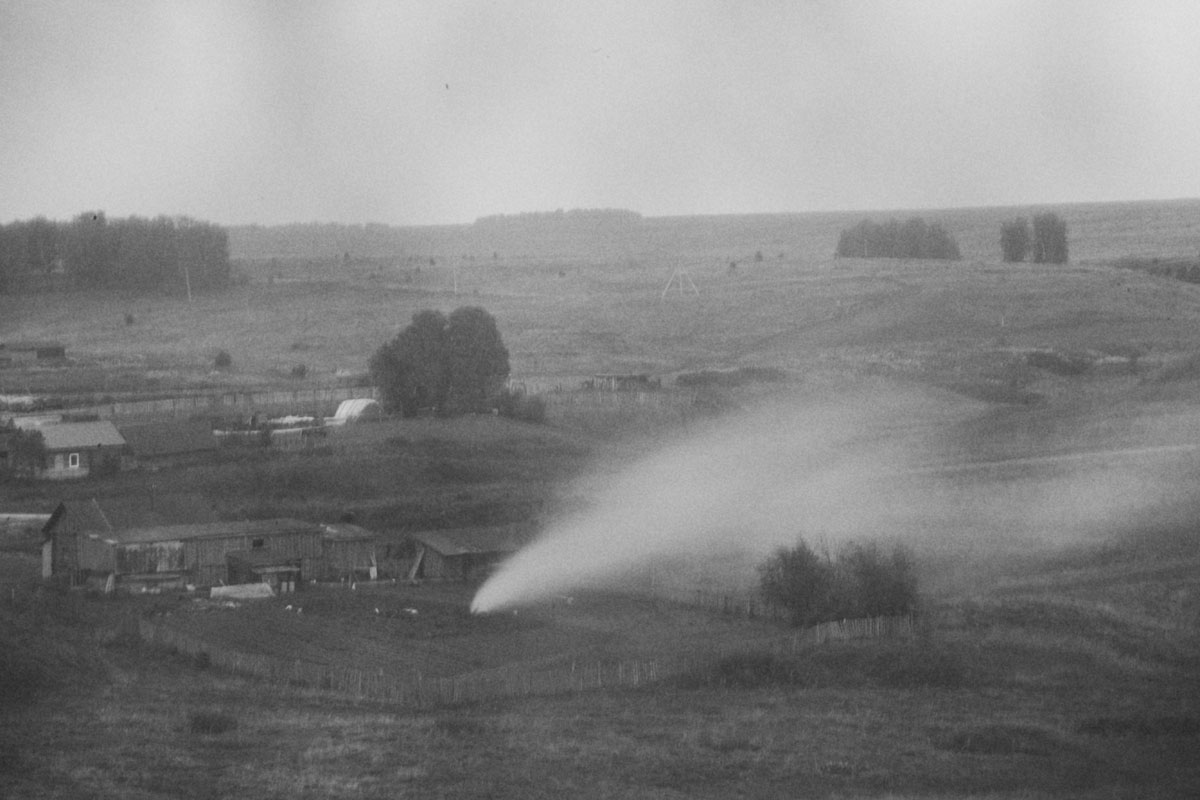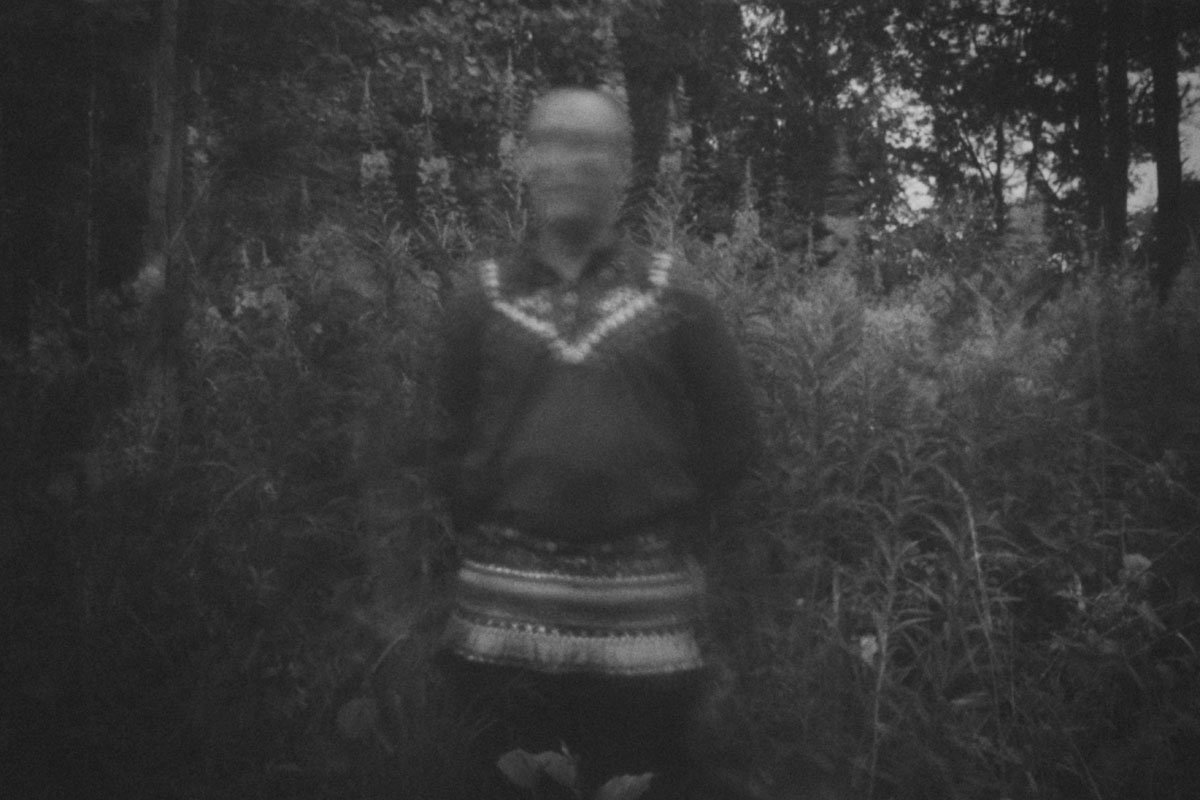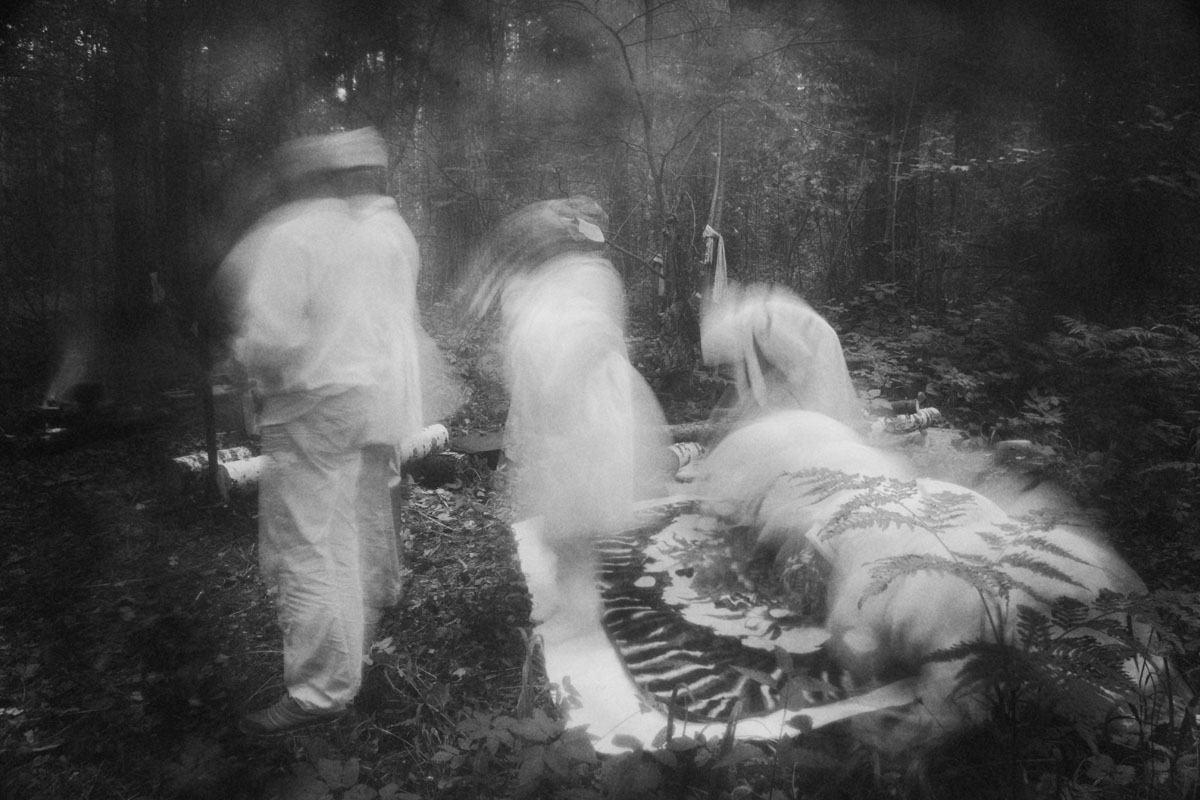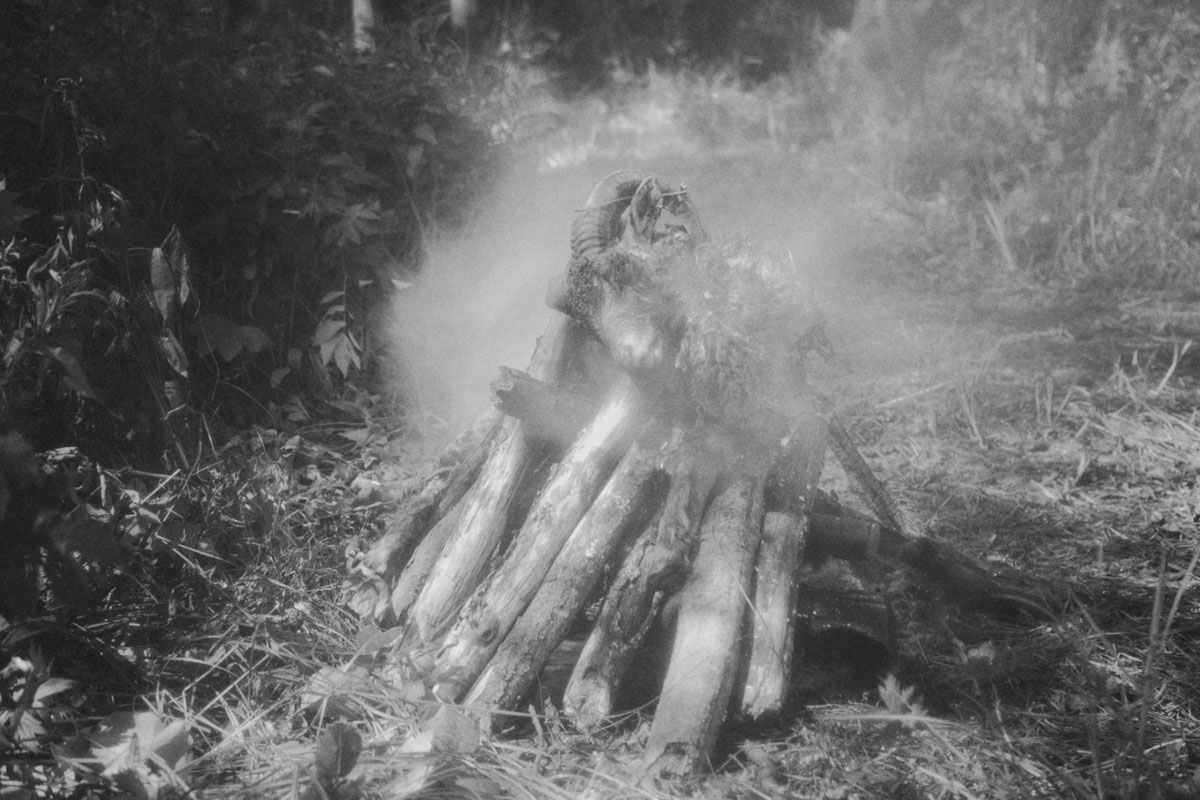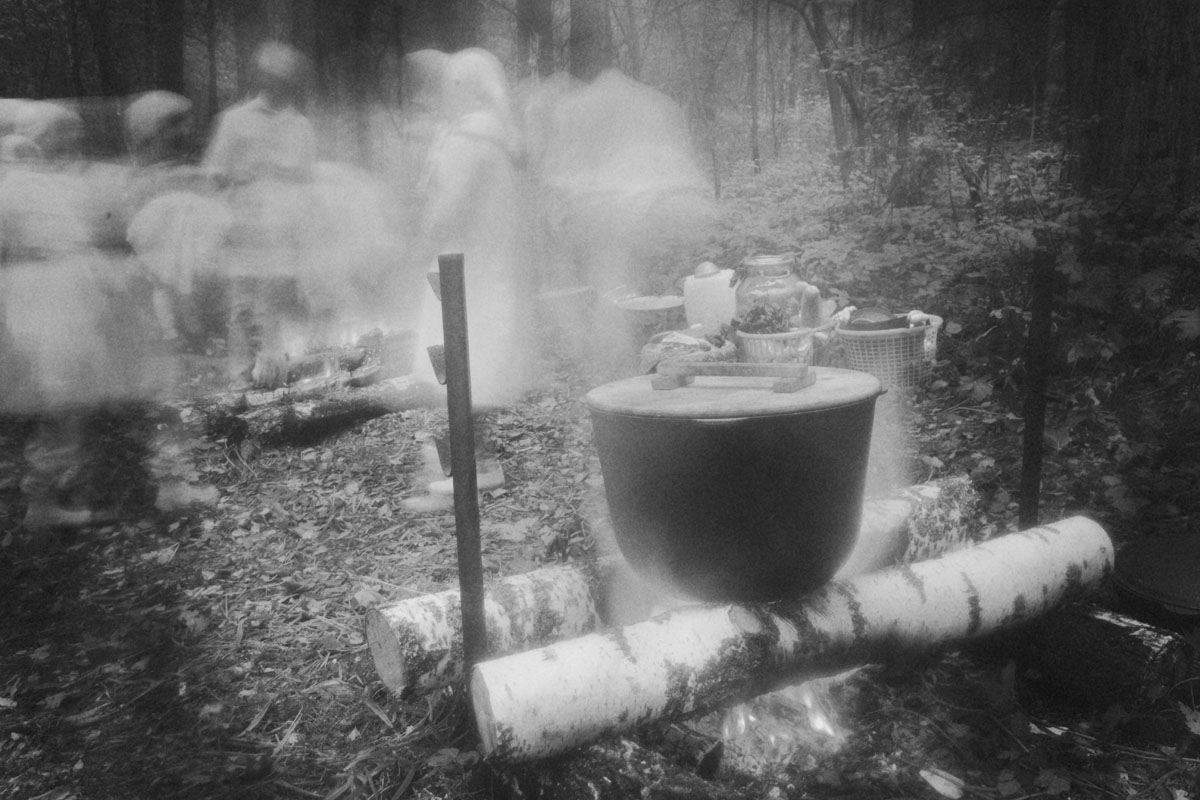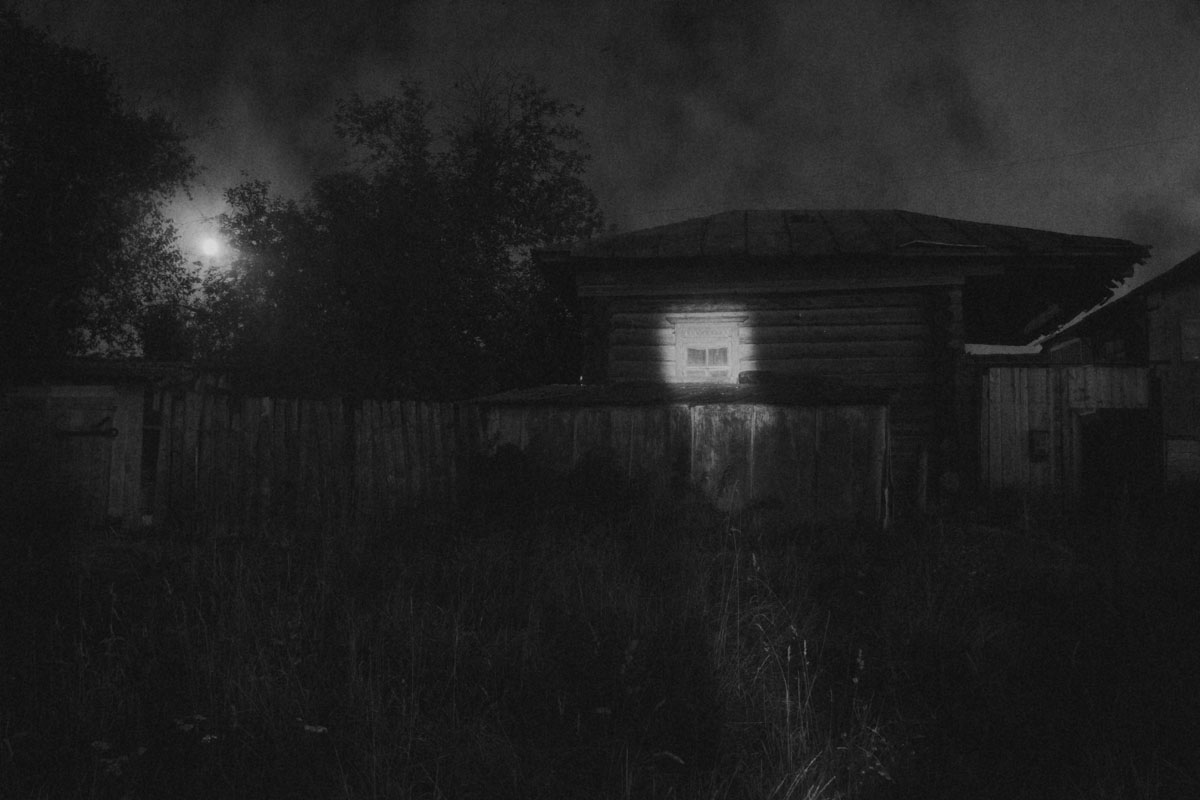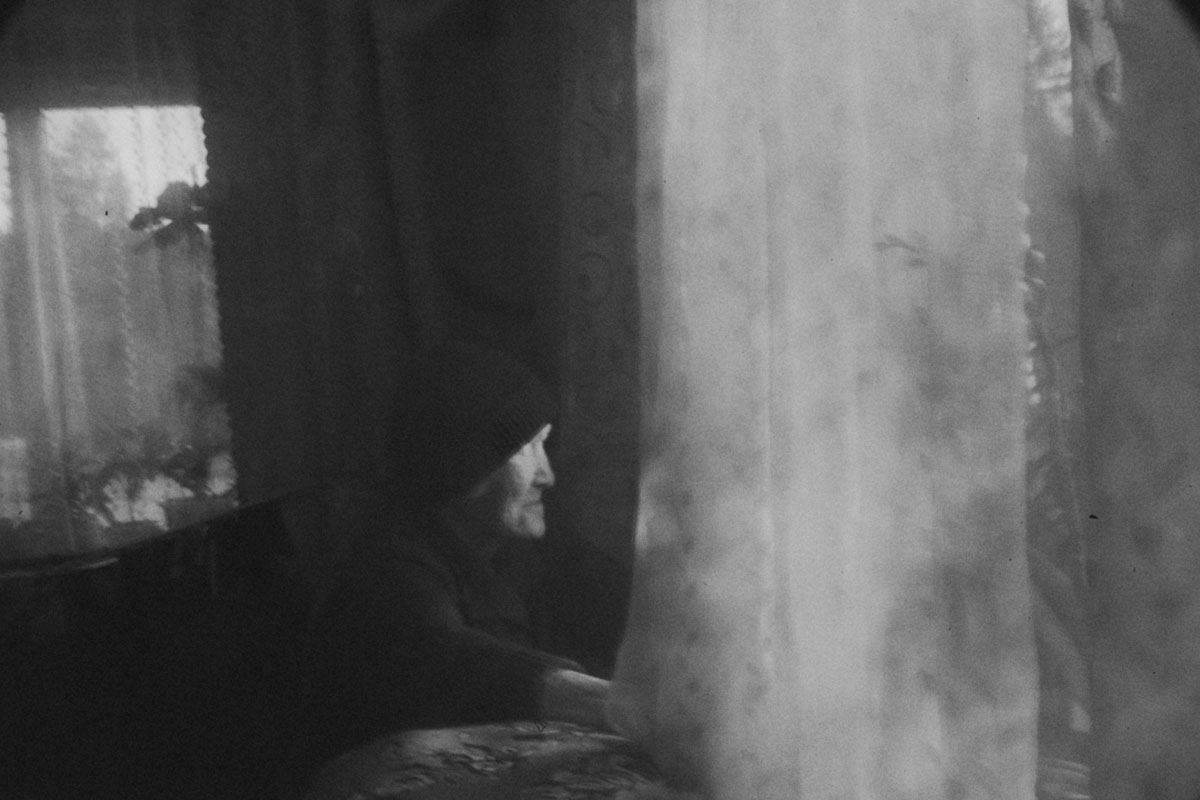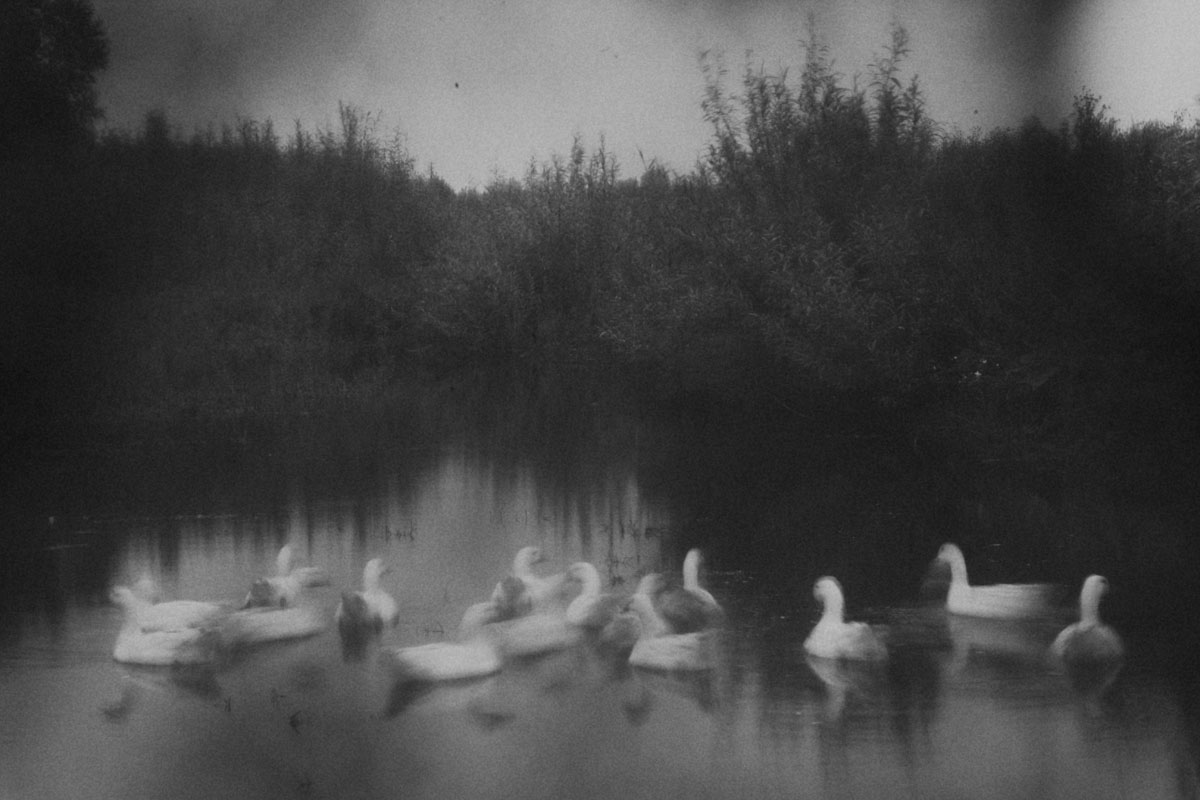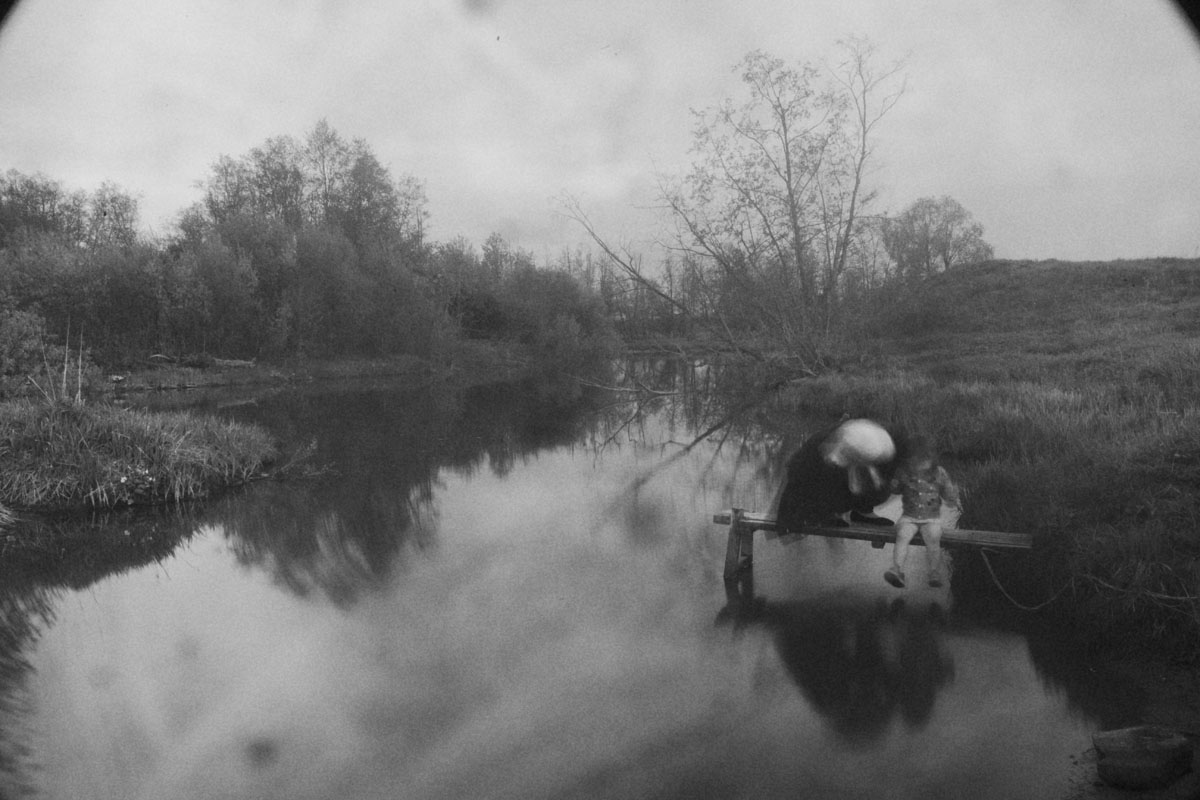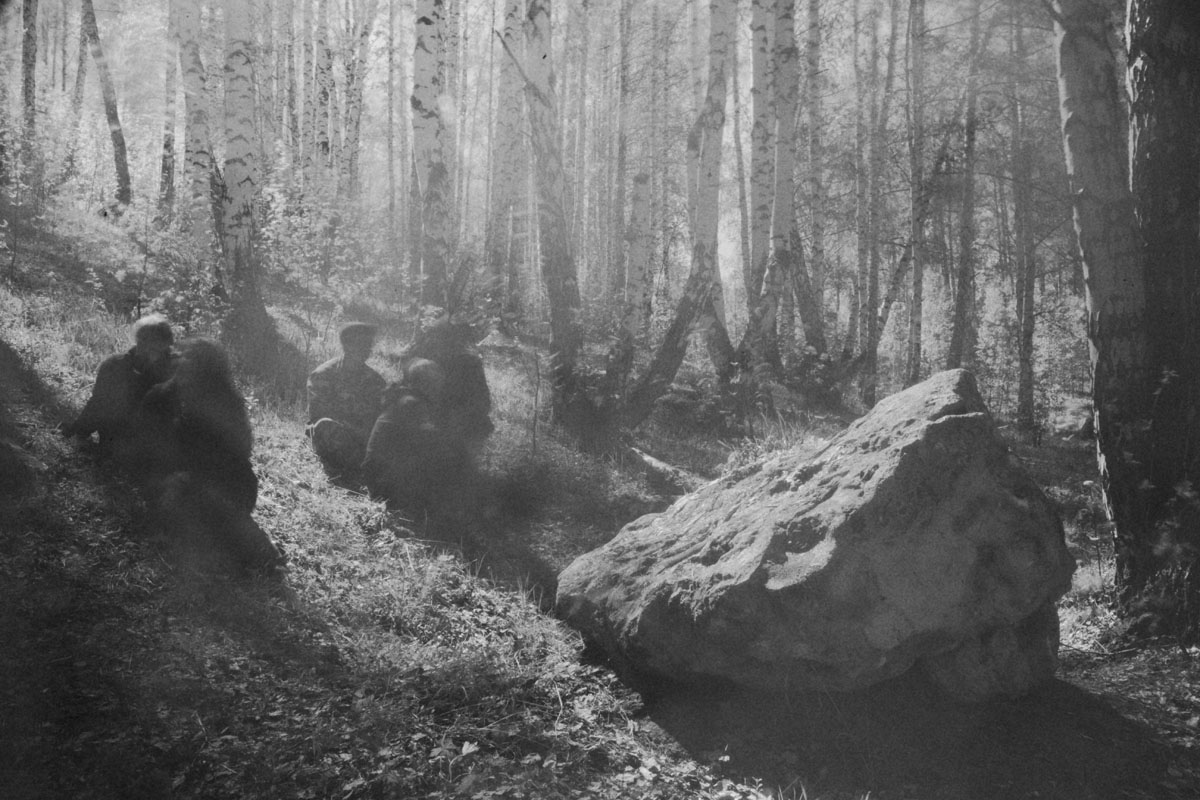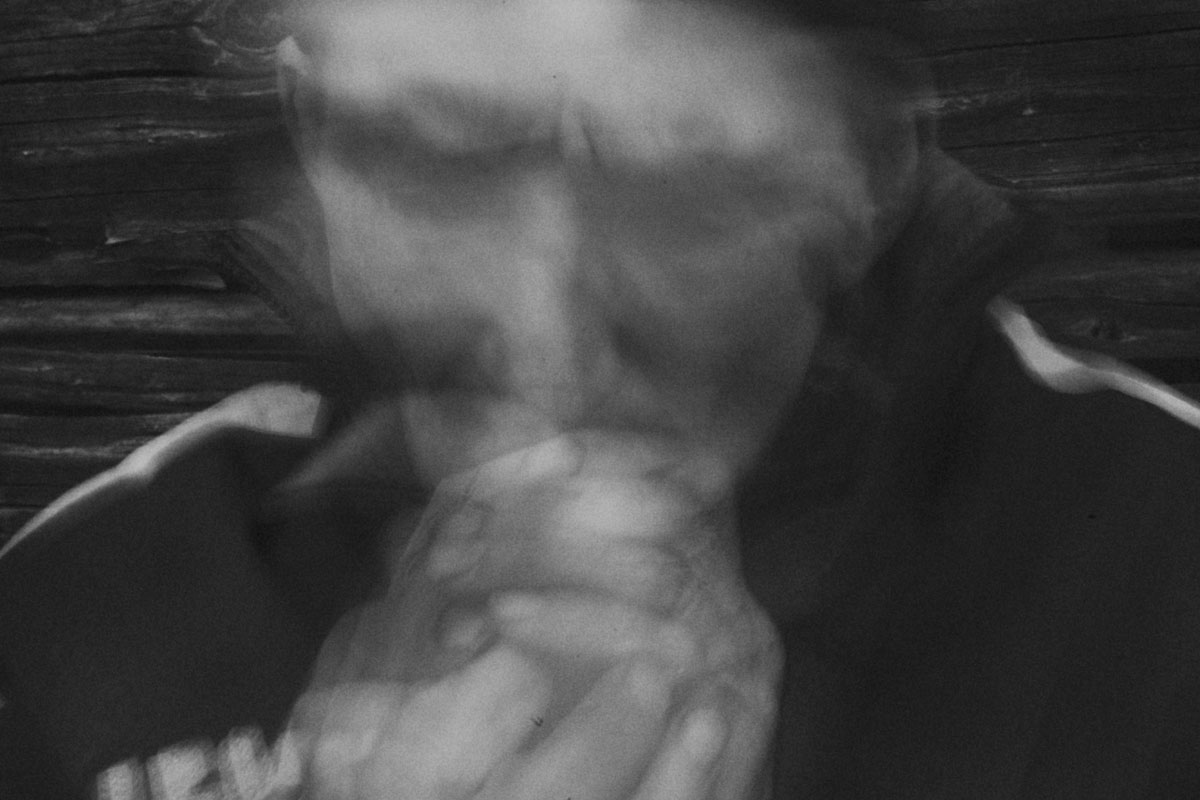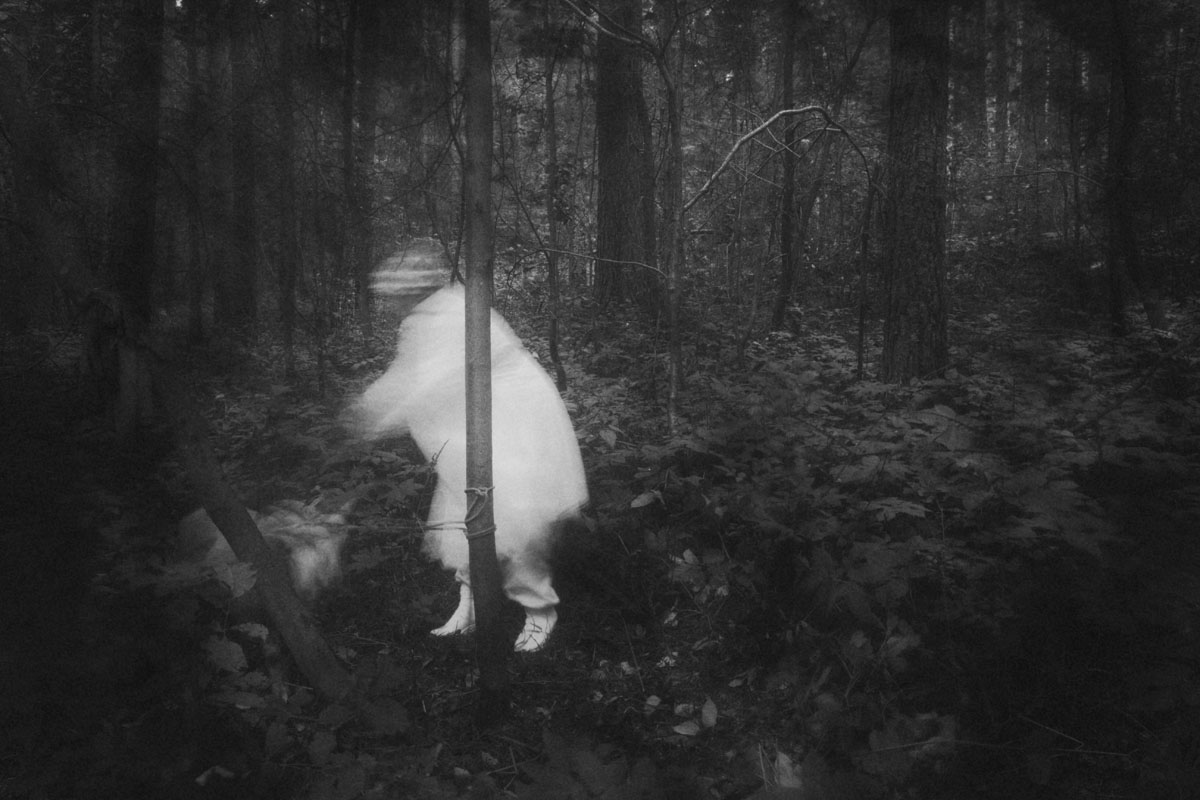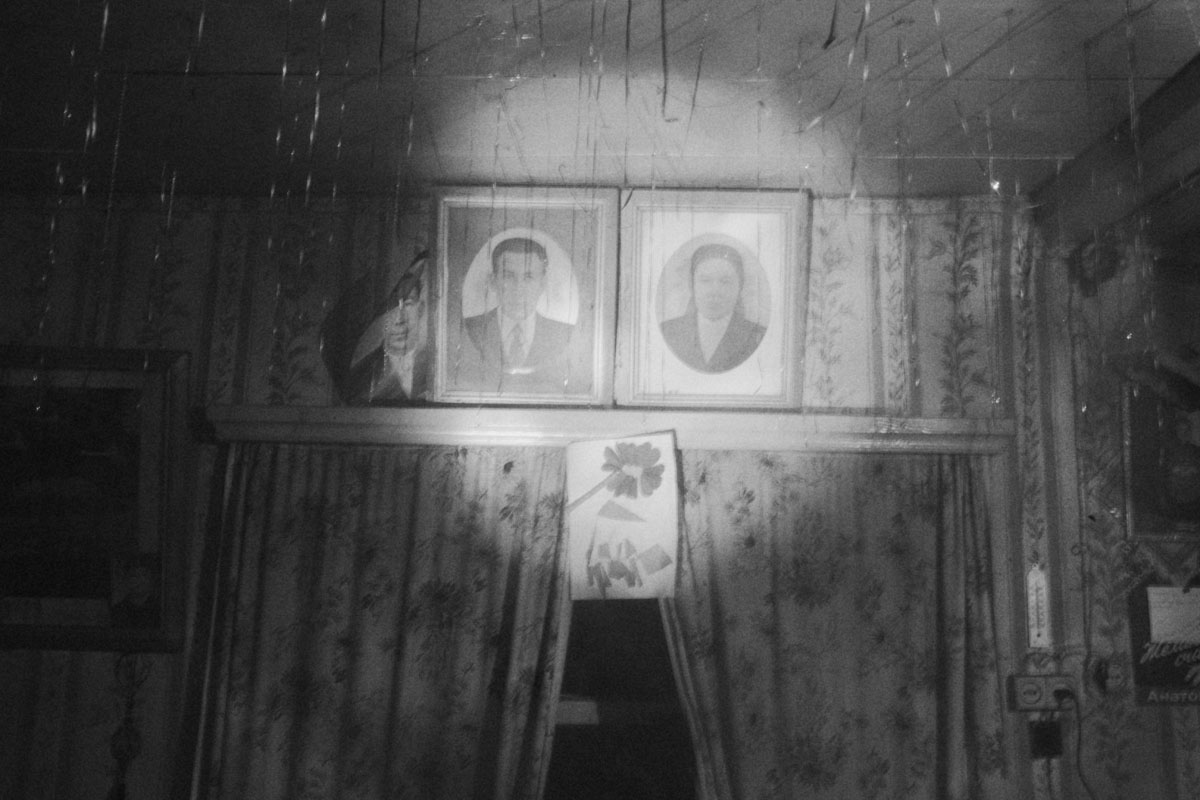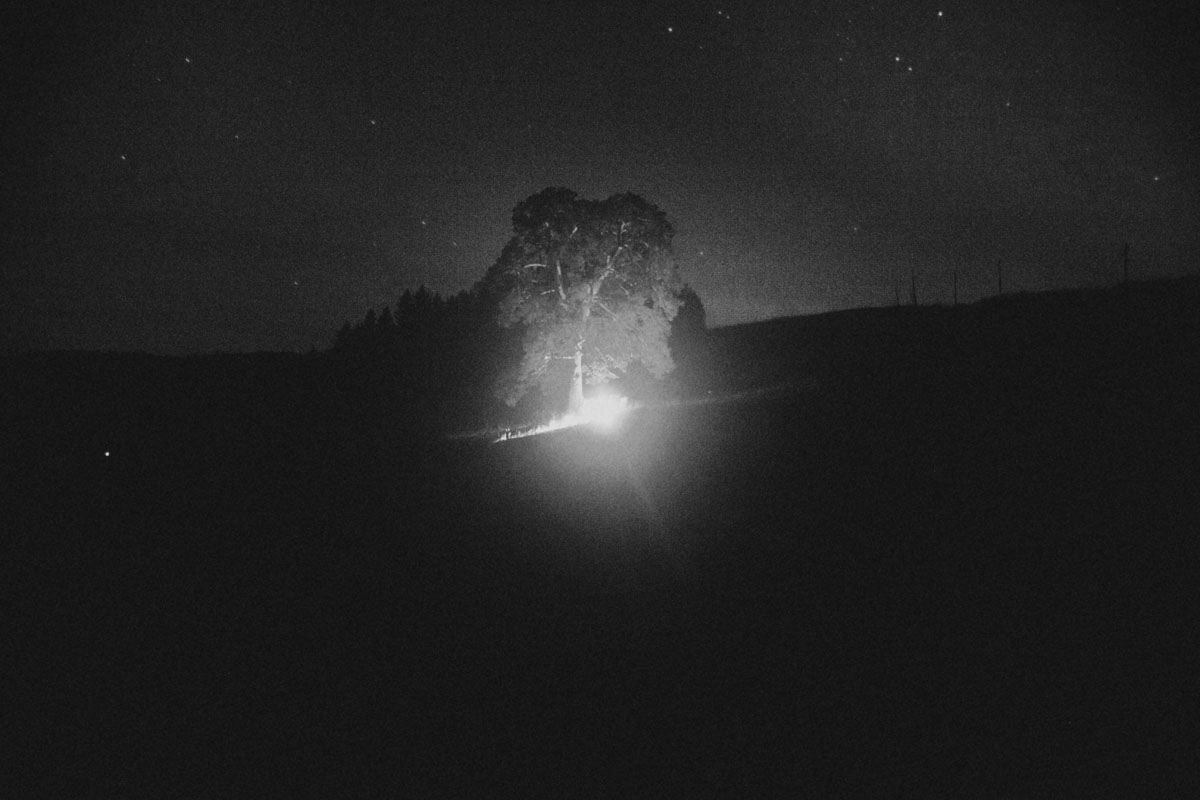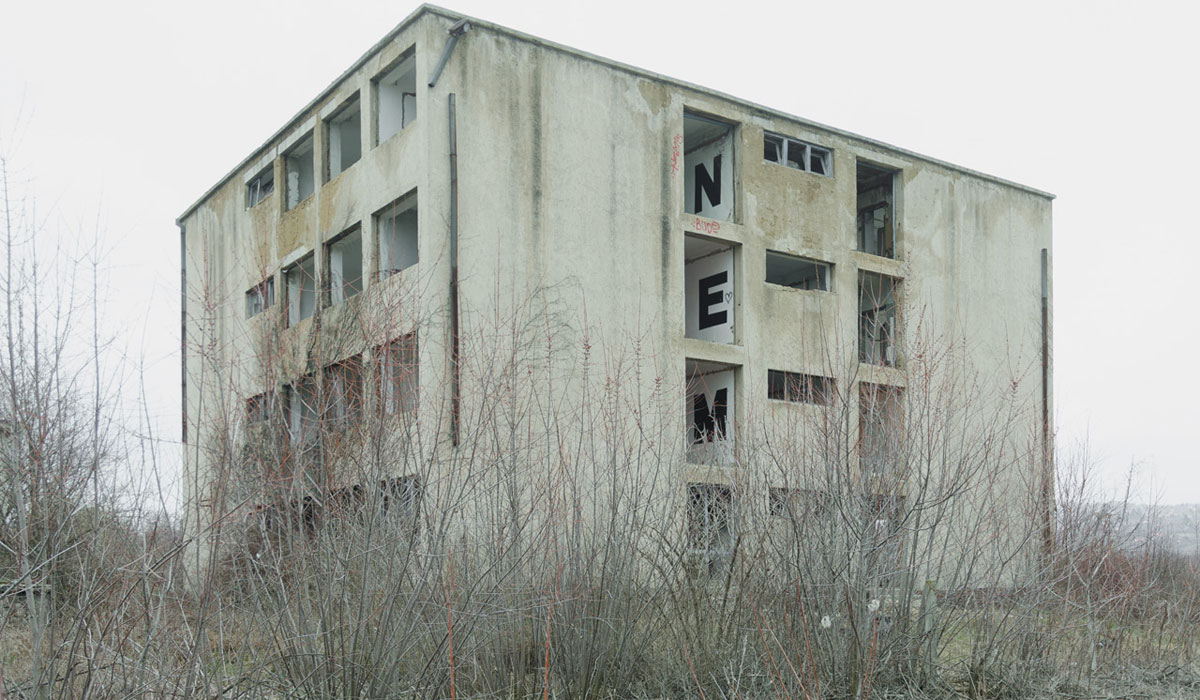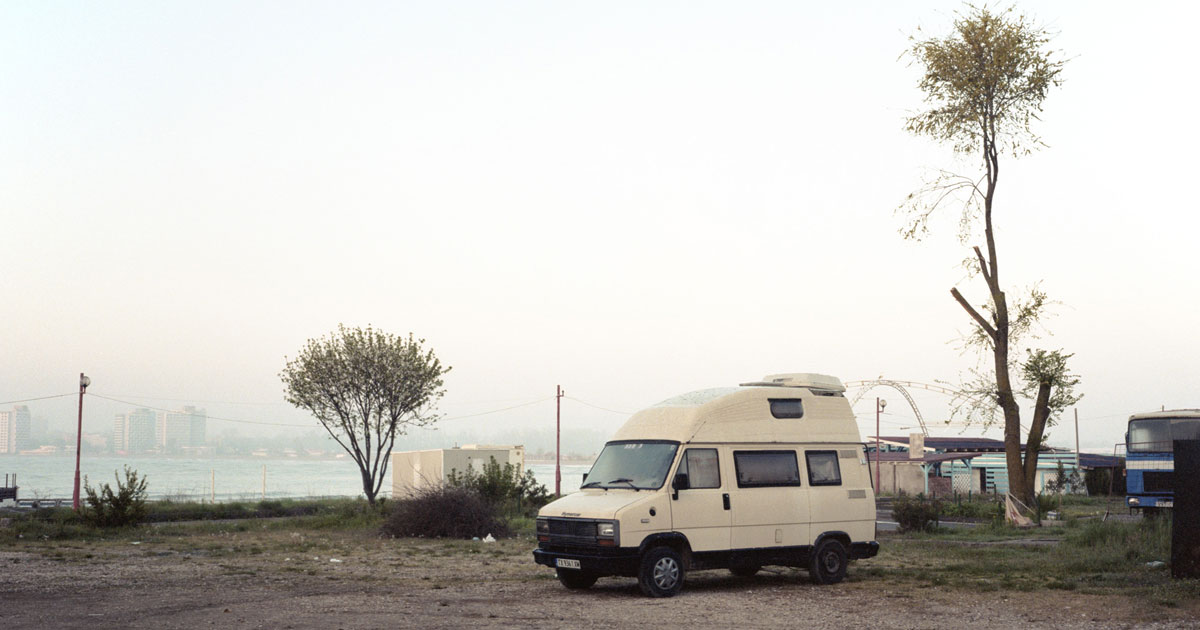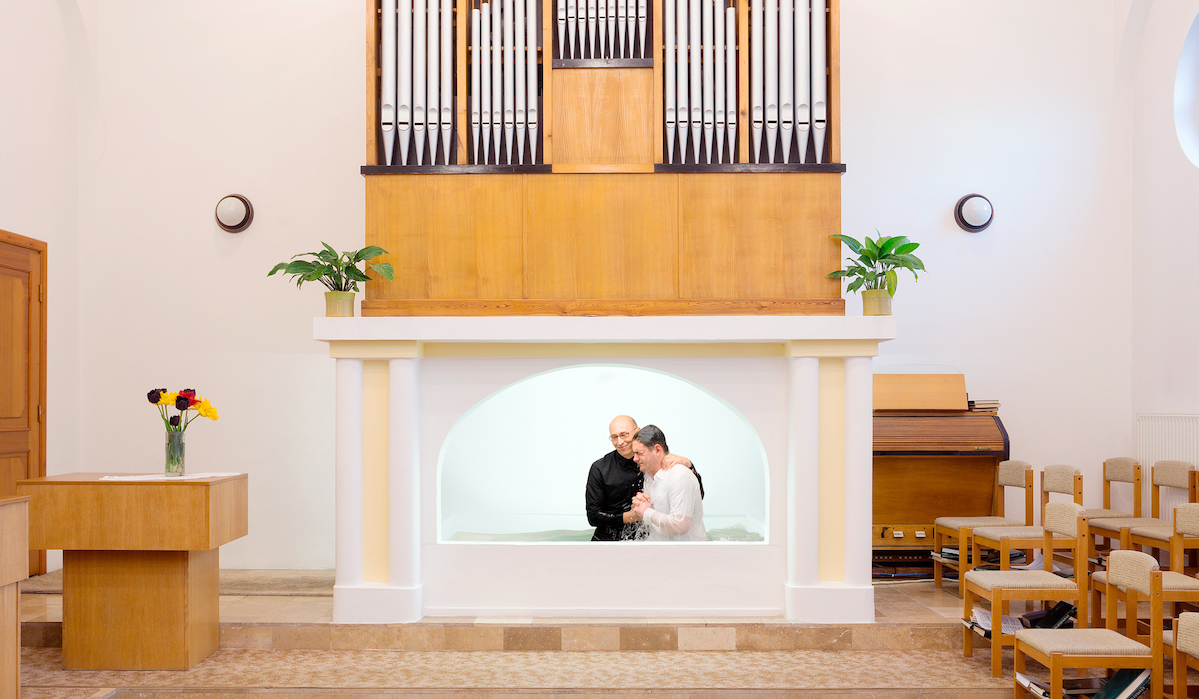Fyodor Telkov: the spellbinding, unknown world of Russia’s Mari pagans
New East Photo Prize 2018For 400 years the Ural Mari have preserved their pagan beliefs in Russia. Fyodor Telkov photographs the sacred site of Kjusjo-kuryk (Prayer Mountain) near the village of Bolshaya Tavra, their only remaining place of worship
After receiving a wide range of entries from 26 New East countries, the New East Photo Prize 2018 is back with a new set of 16 finalists, with projects exploring modern-day witchcraft, graduation albums, legendary cosmonauts, contested territories and more. We caught up with the photographers to find out what drives their work. The exhibition is on display until 2 December at Calvert 22 Foundation.
Ural Mari by Fyodor Telkov explores the sacred site of Kjusjo-kuryk (Prayer Mountain) near the village of Bolshaya Tavra, the only remaining place of worship for the Ural Mari people. In the 16th century, following Russian Tsar Ivan the Terrible’s siege of Kazan, the Mari population fled to the east to evade high taxes and forced Christianisation. This group formed the Eastern Mari people, whose descendants now live in the south-western part of the Sverdlovsk region — the Middle Urals — and are known today as the Ural Mari. For 400 years the Ural Mari have preserved their pagan beliefs, with a sacred grove in each Mari village where people could pray. Under the Soviet regime, much damage was done to the Mari culture and religion, leaving only Kjusjo-kuryk, where religious rituals were practiced even during the strictest years of repression.
How has the place where you grew up affected your work as a photographer?
I’d say that the place where I grew up has influenced my entire career. Everything I have learned and ever dreamed of, everything stems from there. Now I live 132 kilometres from Nizhny Tagil where I was born and lived up until my graduation. Factories, myths, crime, communities, exiles, old believers, villages, mountains, the North — this is what I grew up with. I still try to explore each place I live in and am interested in artists who study their surroundings in this way.
Where do you find inspiration for the themes of your projects?
I draw my inspiration from everyday life and turn it into something more majestic and mythical.
Pick one photograph from Ural Mari and tell us something we would have never known about it.
This photo features the house of a priest. This is where people would come to pray in secret in the middle of the 20th century. Mari people do not tear down such houses. It’s thought that demolishing the building would bring serious harm to those involved. A house such as this would be left to fall apart on its own and only then would the logs be moved.
What do you think makes a compelling photo story?
The element of surprise. A photo story is nothing without it.
What was the last photo story/film/book that touched you?
I’m ashamed to say I only read when I’m researching a topic and collecting information. But I recently read the Ossetian Narts sagas — tales originating from the North Caucasus passed on through word of mouth — and went through a wave of emotions. Beyond immersing myself in another culture, I found familiarity with the traditions I myself had been brought up with.
Was there a moment you ever regret taking a photo? How about a moment you didn’t take a photo but wish you had?
More so the latter. A lot of things can get in the way of getting the shot — you forget your camera, you don’t react in time, you are in a dangerous situation or there is some kind of an ethical problem. I find myself deleting photos where I feel the interaction with my subject was not authentic enough.
What keeps you motivated as a creative person?
I couldn’t imagine doing anything else. I don’t think too much about it. I often start researching topics that interest me, or places and cultures which are close to me. Winning photo competitions, having my photos republished in magazines, just having people interested in my personal work and being able to feed my family from this rather than commercial photography — all these things give me hope that I’m doing something right.
